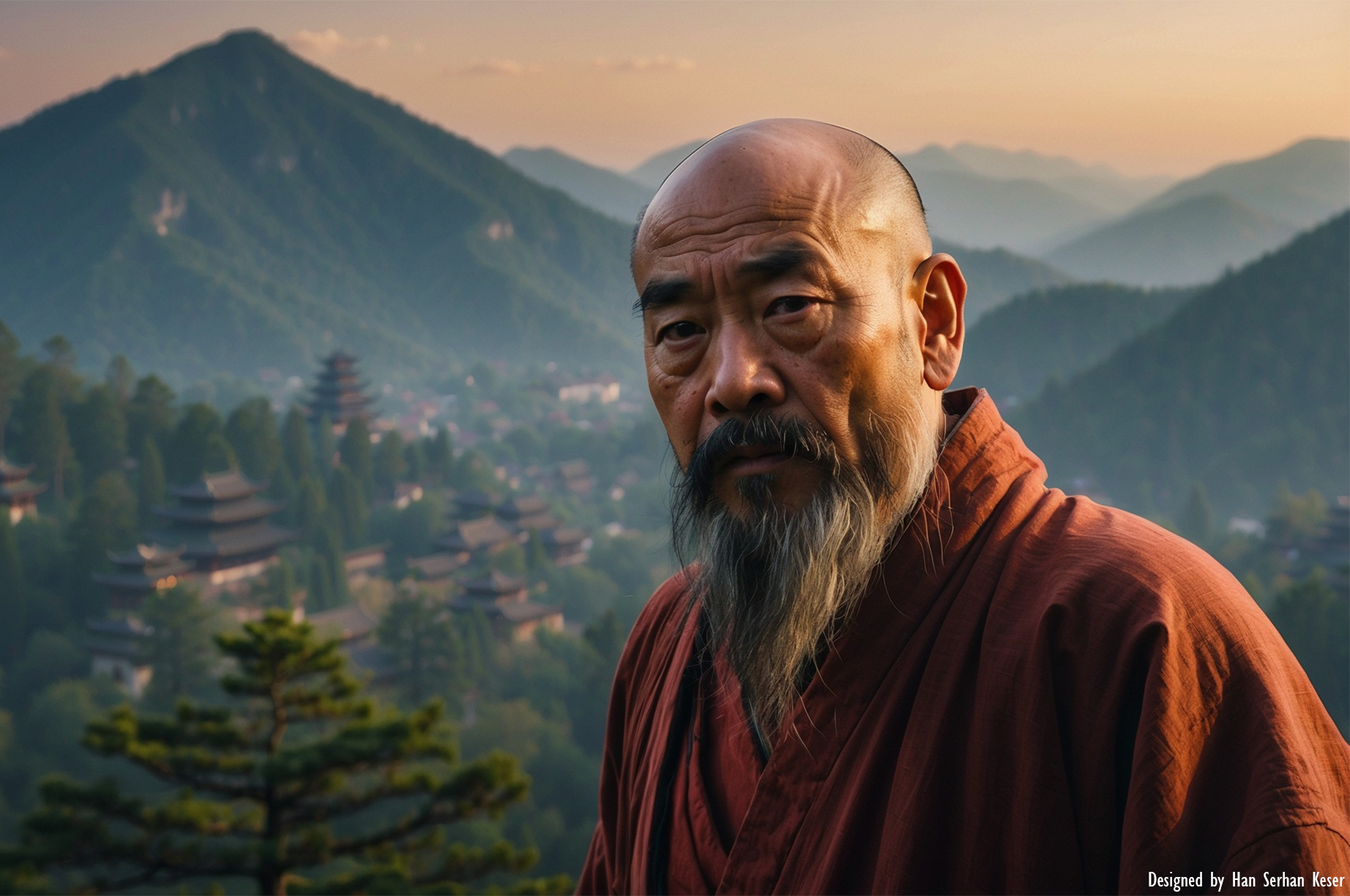Yi Jin Jing
Yi Jin Jing, also referred to as the “Muscle/Tendon Changing Classic,” stands as a qigong exercise system originating in China. Attributed to Bodhidharma, the founder of Zen Buddhism, Yi Jin Jing was introduced at the Shaolin Temple to enhance the health and strength of its monks.
The regimen of Yi Jin Jing comprises stretching, breathing, and meditation techniques, aiming to enhance flexibility, strength, balance, and overall well-being. Consisting of twelve movements in a specific sequence, each movement targets a distinct body part.
Yi Jin Jing serves as a form of internal Qi Gong, focusing on cultivating the body’s internal energy or qi. Through consistent practice, practitioners can fortify muscles and tendons, improve circulation, and enhance vitality. Additionally, it aids in alleviating stress, anxiety, and depression.
Beyond its physical aspects, Yi Jin Jing is an ancient and distinctive exercise ingrained in monastic traditions throughout China. Its transformative effects extend to mental and emotional well-being.
Yi Jin Jing comprises three Chinese characters: Yi (易) for transformation, Jin (筋) for soft tissues like tendons, ligaments, muscles, and fascia, and Jing (經) for classic or method.
The Emotional Mind
The emotional mind, housed from the pelvic floor to the top rib, is likened to a cauldron where emotions are experienced. Despite conventional belief associating emotions with the mind, they are felt in this region. Yi and Jin symbolize a profound shift within the emotional mind.
Following Bodhidharma’s introduction of Yi Jin Jing at the Shaolin Temple, the practice transformed frail monks into resilient warriors. Breathing, a crucial component, is orally transmitted from master to apprentice, unlocking Yi Jin Jing’s transformative power.
Grandmaster Shao Yao’s Great Contribution
Numerous iterations of Yi Jin Jing exist, each claiming itself as the authentic version. Throughout my journey, I’ve delved into various renditions of Yi Jin Jing. The version taught by Master Robert Peng stands as the epitome of excellence. Guided by his mentor, Shao Yao, Master Peng embarked on a transformative path to the monastery post the Cultural Revolution. He encountered the original manuscript of the form.
Fascia, a vital connective tissue, plays a pivotal role in the body’s structural integrity. It envelops and connects muscles, organs, bones, arteries, veins, and nerves, providing support and absorbing shocks. Understanding fascia enhances body harmony and well-being.
Wide range of benefits
- Enhanced Flexibility and Strength:
The stretching and movement exercises in Yi Jin Jing promote flexibility and strengthen muscles and tendons, leading to improved mobility and physical resilience. - Improved Balance and Coordination:
Practicing Yi Jin Jing can enhance balance and coordination, which are essential for overall physical function and stability. - Better Circulation and Vitality:
The breathing techniques incorporated into Yi Jin Jing help improve circulation, ensuring better oxygenation of tissues and organs, which in turn boosts vitality and overall energy levels. - Stress Reduction and Relaxation:
Engaging in Yi Jin Jing exercises encourages relaxation and mental focus, which can help alleviate stress, anxiety, and tension. - Emotional Well-being:
By promoting a sense of calmness and mindfulness, Yi Jin Jing can contribute to emotional well-being. It helps practitioners manage their emotions and achieve a greater sense of inner peace. - Internal Energy Cultivation:
Yi Jin Jing is a form of internal Qi Gong, focusing on cultivating the body’s internal energy or Qi. Through regular practice, practitioners can enhance their internal Qi flow, promoting overall health and vitality. - Holistic Transformation:
Beyond its physical benefits, Yi Jin Jing can facilitate a holistic transformation, affecting both the body and the mind. It encourages practitioners to connect with their inner selves and achieve a greater sense of balance and harmony. - Overall, Yi Jin Jing offers a comprehensive approach to health and wellness addressing both physical and mental aspects of well-being. Its gentle yet powerful exercises can be beneficial for individuals of all ages and fitness levels.
